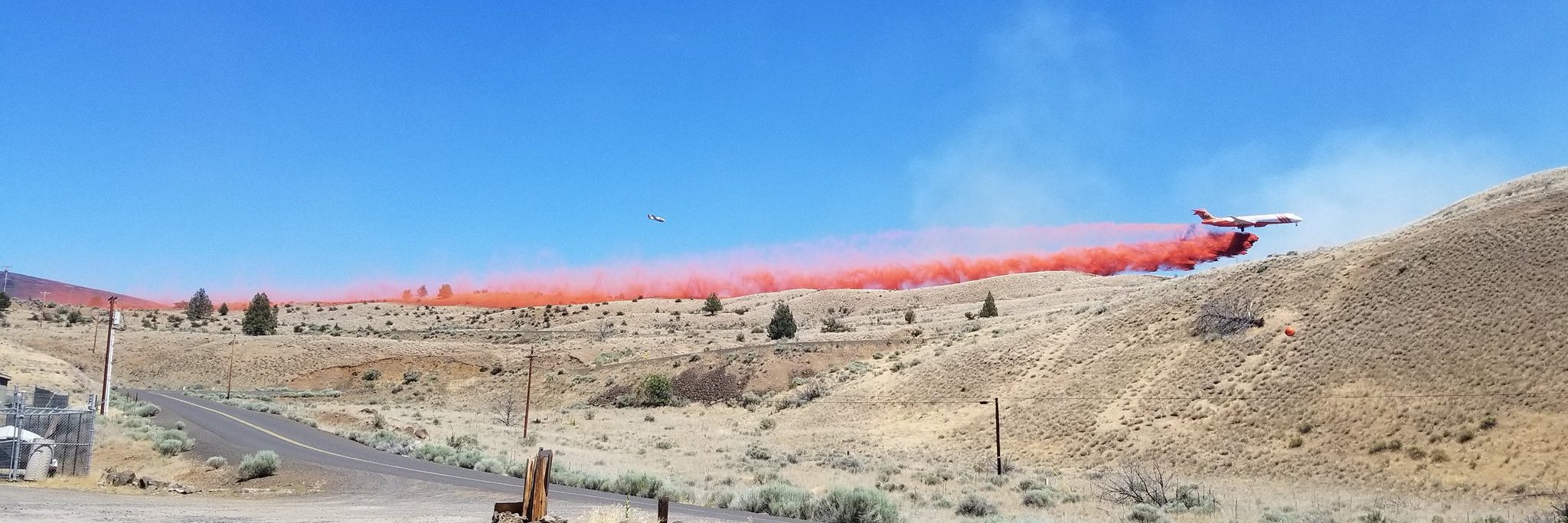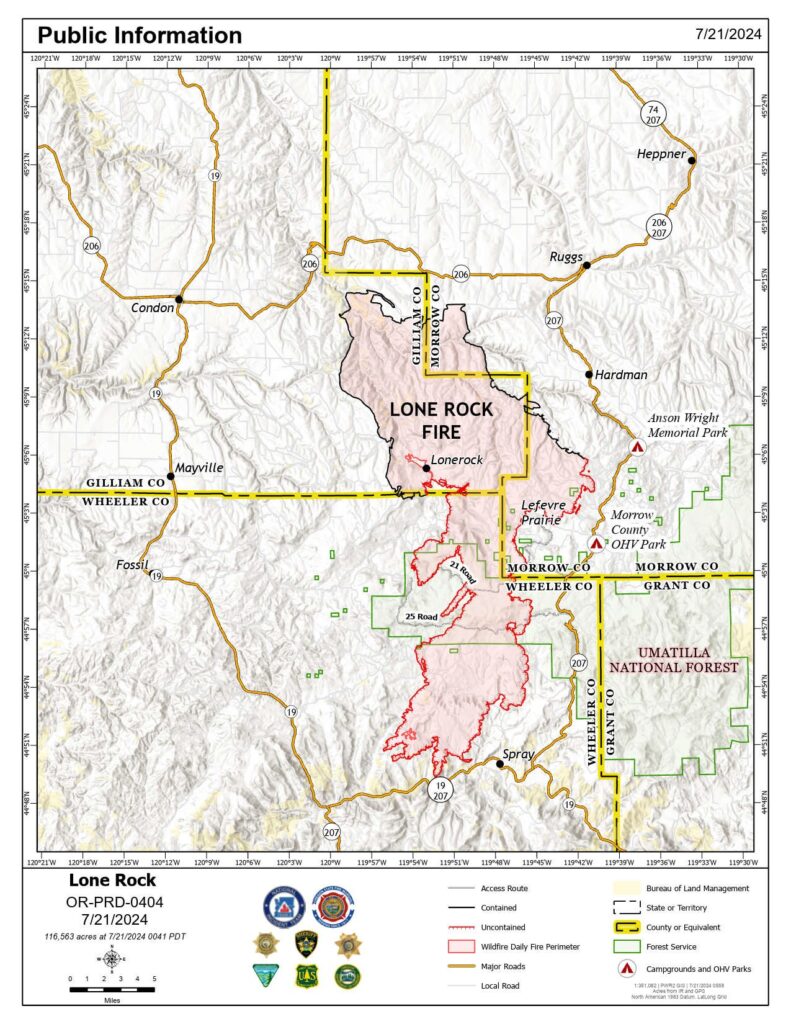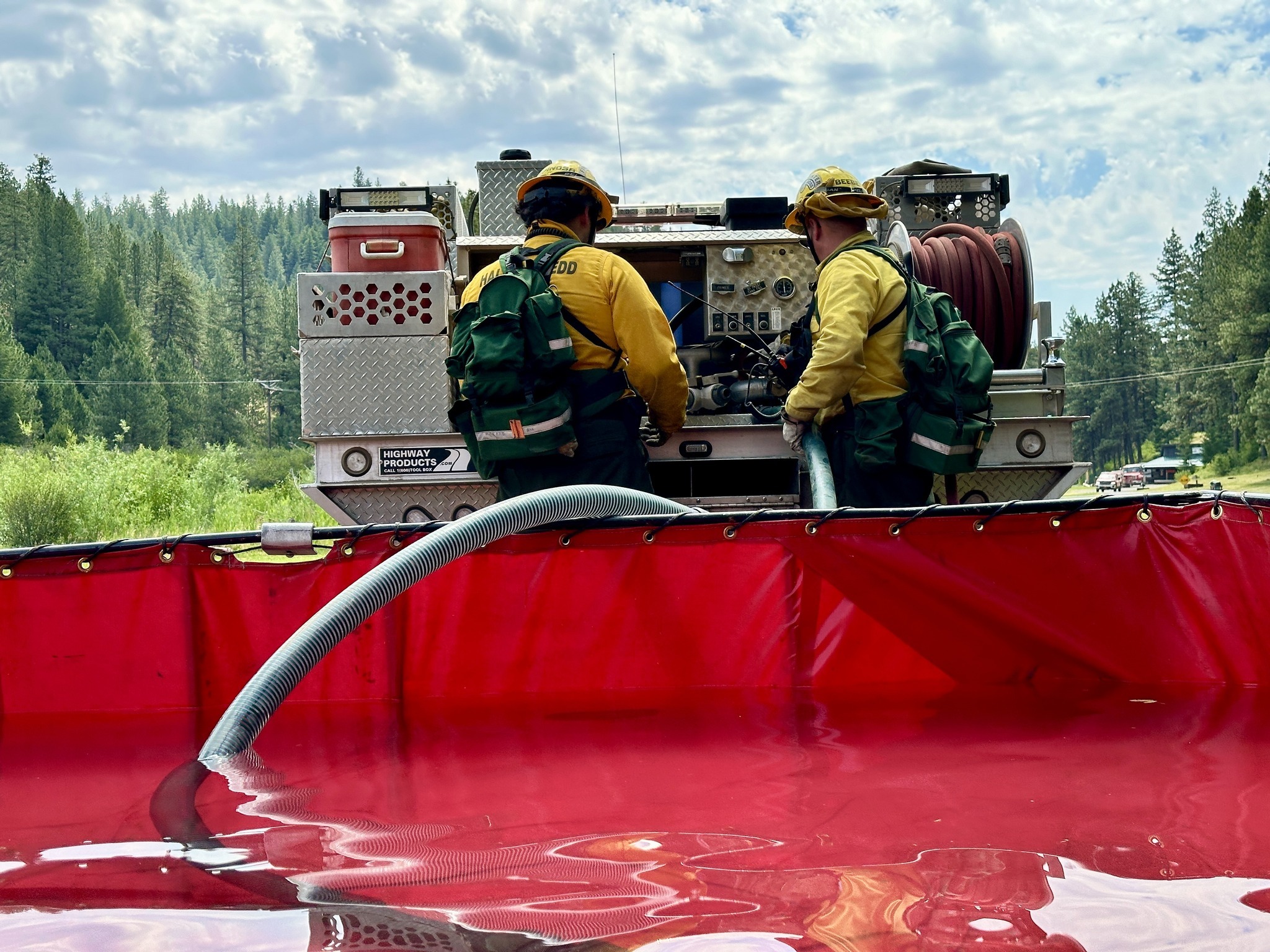Hey there, fellow nature lovers and fire awareness enthusiasts! If you've been keeping an eye on the news or scrolling through social media, you’ve probably stumbled upon the term "Lone Rock Oregon Fire." This isn’t just another wildfire; it’s a story of resilience, destruction, and humanity coming together to combat one of nature’s fiercest forces. So, buckle up because we’re diving deep into the heart of the Lone Rock Oregon Fire, exploring what it is, how it started, its impact, and most importantly, what we can do about it. And trust me, this isn’t your average campfire chat!
Now, let’s get one thing straight—wildfires are no joke. They’re like the angry cousins of natural disasters that don’t play by the rules. Lone Rock Oregon Fire has captured national attention for all the wrong reasons. It’s a stark reminder of how fragile our ecosystems are and how climate change is turning up the heat in ways we never imagined. But don’t worry, we’ll break it down step by step so you can understand the ins and outs without feeling overwhelmed.
Before we dive headfirst into the fiery details, I want you to know that this article isn’t just about scaring you with doom and gloom. It’s about education, empowerment, and action. By the time you finish reading, you’ll not only know what’s going on in Lone Rock, Oregon but also how you can contribute to preventing similar disasters in the future. So, let’s light the proverbial torch of knowledge and explore the Lone Rock Oregon Fire together!
Read also:Byeon Wooseok Wife Name Everything You Need To Know About His Personal Life
What Exactly Is the Lone Rock Oregon Fire?
The Lone Rock Oregon Fire is not just a random blaze—it’s a significant wildfire that has been burning through the lush forests and pristine landscapes of Oregon. It started back in July 2023, and since then, it’s been wreaking havoc across thousands of acres. Think of it as nature’s way of saying, “Hey, we need to pay attention here!” But what makes this fire so unique and why is it making headlines across the country?
Well, the Lone Rock Oregon Fire is not your typical backyard barbecue gone wrong. It’s a massive inferno that’s consuming everything in its path, from towering pine trees to the homes of local wildlife. The fire is so intense that it’s creating its own weather patterns, complete with smoke columns that rise miles into the sky. This phenomenon is known as a pyrocumulus cloud, and it’s as terrifying as it sounds.
How Did the Lone Rock Oregon Fire Start?
Now, here’s the million-dollar question: how did this fire start? Well, like most wildfires, the Lone Rock Oregon Fire didn’t just spontaneously combust. Investigations suggest that it was likely caused by human activity, possibly a campfire that wasn’t properly extinguished. Yeah, you heard that right—a simple act of negligence can lead to such catastrophic consequences.
But wait, there’s more. Climate change is also playing a starring role in this disaster. Rising temperatures and prolonged droughts have turned the forests of Oregon into a tinderbox, making them incredibly susceptible to wildfires. It’s like nature’s revenge for all the times we’ve ignored the warning signs.
The Impact of the Lone Rock Oregon Fire
Let’s talk about the impact, shall we? The Lone Rock Oregon Fire has left a trail of destruction in its wake, affecting not only the environment but also the lives of countless people and animals. Thousands of acres of forest have been reduced to ashes, and countless species have lost their homes. It’s a devastating blow to biodiversity, and the effects will be felt for years to come.
But it’s not just the wildlife that’s suffering. Local communities are also feeling the heat, literally and figuratively. Many families have been forced to evacuate their homes, leaving behind everything they own. The air quality has plummeted, making it dangerous for people to even step outside. It’s a harsh reality that reminds us of how interconnected we are with the natural world.
Read also:Did Ryan Oneal Pass Away Latest Updates And Insights
Who Is Being Affected?
So, who exactly is being affected by this fire? Well, the list is long and heart-wrenching. First and foremost, the indigenous communities that call the area home are bearing the brunt of the disaster. These communities have lived in harmony with the land for centuries, and now they’re watching their ancestral lands go up in smoke.
Then there are the firefighters, the unsung heroes who are risking their lives to battle the blaze. These brave men and women are working around the clock, often with little rest, to contain the fire and protect the surrounding areas. It’s a thankless job, but they do it with unwavering dedication and courage.
Why Is the Lone Rock Oregon Fire Important?
Okay, so why should you care about the Lone Rock Oregon Fire? Well, for starters, it’s a wake-up call for all of us. It’s a stark reminder of the urgent need to address climate change and adopt more sustainable practices. But it’s also about empathy and compassion. These fires don’t just happen in some far-off land—they’re happening right here, right now, and they affect real people and real animals.
Moreover, the Lone Rock Oregon Fire is part of a larger trend. Wildfires are becoming more frequent and more severe, and it’s a trend that’s only going to worsen if we don’t take action. So, whether you live in Oregon or on the other side of the world, this fire is a call to action for all of us.
What Can We Learn from This?
So, what can we learn from the Lone Rock Oregon Fire? First and foremost, we need to be more mindful of our actions. Simple things like properly extinguishing campfires and not littering can make a huge difference. But it’s not just about individual actions—we need systemic change. Governments and corporations need to step up and take responsibility for their role in climate change.
Education is also key. The more we know about wildfires and their causes, the better equipped we are to prevent them. It’s about creating a culture of awareness and accountability, where everyone does their part to protect the planet.
How Can You Help?
Now, let’s talk about how you can help. You don’t have to be a firefighter or a climate scientist to make a difference. There are plenty of ways you can contribute to the fight against wildfires, even from the comfort of your own home. Here are a few ideas:
- Donate to organizations that are working to combat wildfires and support affected communities.
- Spread awareness on social media. Share articles, videos, and infographics that educate others about the issue.
- Reduce your carbon footprint. Drive less, use renewable energy, and support companies that prioritize sustainability.
- Volunteer with local environmental groups that focus on wildfire prevention and restoration efforts.
Every little bit helps, and if we all do our part, we can make a significant impact.
Where Can You Donate?
There are several reputable organizations that are doing incredible work to combat wildfires and support affected communities. Some of the top ones include:
- The Red Cross
- The Nature Conservancy
- World Wildlife Fund
- Local fire departments and volunteer organizations
Do your research and choose an organization that aligns with your values and priorities. Remember, even a small donation can make a big difference.
Future Outlook: What’s Next for Lone Rock Oregon?
So, what’s next for Lone Rock Oregon? Well, the road to recovery is going to be long and difficult. It’s going to take years, if not decades, for the area to fully recover from the damage caused by the fire. But there’s hope on the horizon. Scientists and environmentalists are already working on restoration projects that aim to bring the ecosystem back to life.
And let’s not forget about the resilience of the human spirit. Communities are coming together to support one another, and there’s a sense of solidarity that’s emerging from the ashes. It’s a powerful reminder that even in the darkest of times, we can find light and hope.
What Are the Long-Term Effects?
The long-term effects of the Lone Rock Oregon Fire are still being studied, but early indications suggest that they could be severe. The loss of biodiversity could have ripple effects throughout the ecosystem, affecting everything from pollinators to predators. The soil could become less fertile, making it harder for plants to grow. And the risk of future wildfires could increase as the landscape becomes more vulnerable.
But there’s also an opportunity here. The fire has created a blank slate of sorts, and with the right interventions, the area could become even more resilient than before. It’s all about finding the right balance between nature and human activity.
Conclusion: Taking Action Against Wildfires
And there you have it, folks—the Lone Rock Oregon Fire in a nutshell. It’s a story of destruction, resilience, and hope. But it’s also a call to action for all of us. We can’t sit idly by and watch as our planet burns. We need to take action, both individually and collectively, to prevent wildfires and protect our environment.
So, what can you do? Start by educating yourself and others about the causes and effects of wildfires. Support organizations that are working to combat the issue. And most importantly, make sustainable choices in your daily life. Together, we can make a difference and ensure that tragedies like the Lone Rock Oregon Fire become a thing of the past.
Now, it’s your turn. Leave a comment below and let me know what you think about the Lone Rock Oregon Fire. Share this article with your friends and family to spread awareness. And don’t forget to check out our other articles on environmental issues and sustainable living. Together, we can create a brighter, greener future for all!
Table of Contents
- What Exactly Is the Lone Rock Oregon Fire?
- How Did the Lone Rock Oregon Fire Start?
- The Impact of the Lone Rock Oregon Fire
- Who Is Being Affected?
- Why Is the Lone Rock Oregon Fire Important?
- What Can We Learn from This?
- How Can You Help?
- Where Can You Donate?
- Future Outlook: What’s Next for Lone Rock Oregon?
- What Are the Long-Term Effects?


